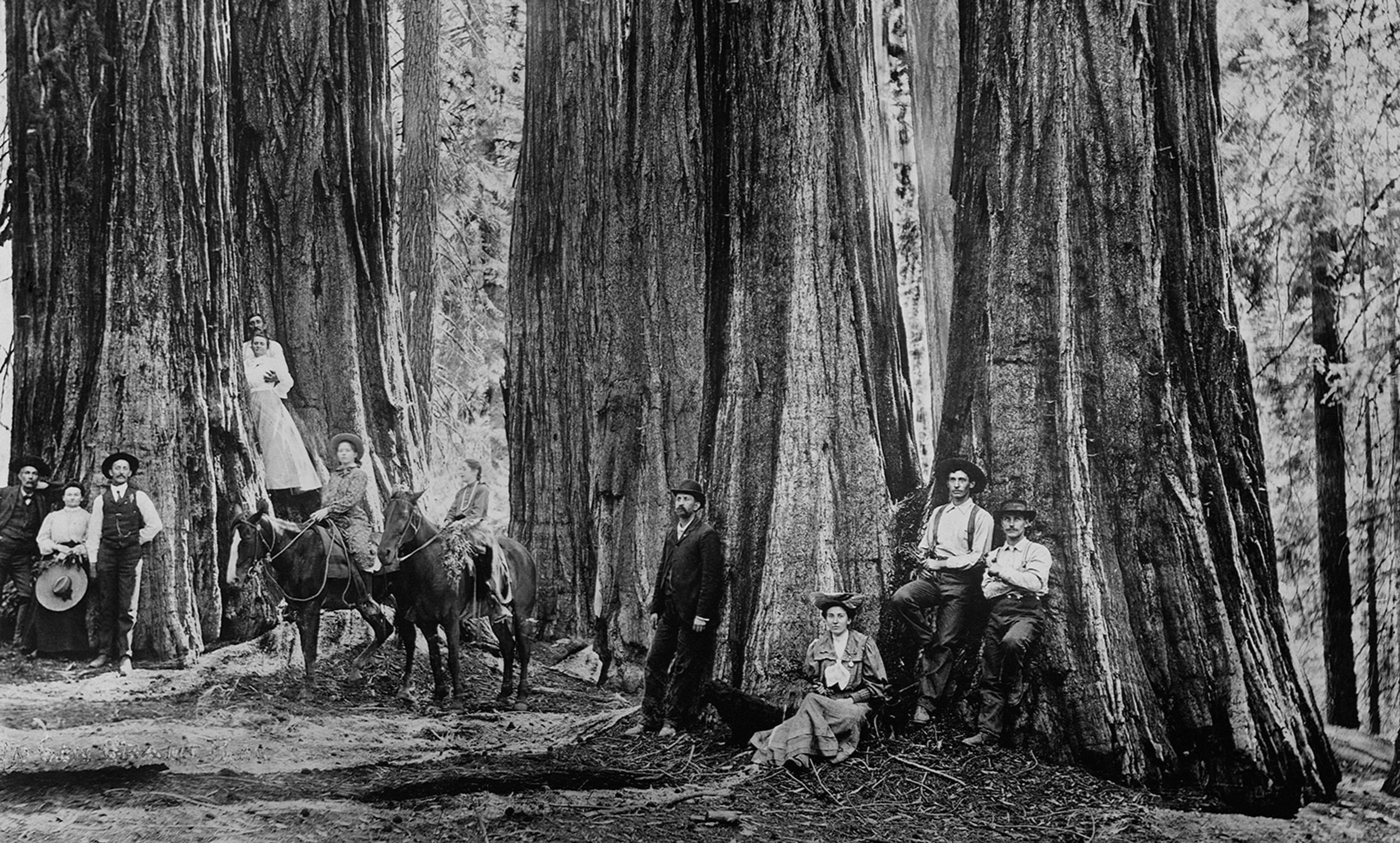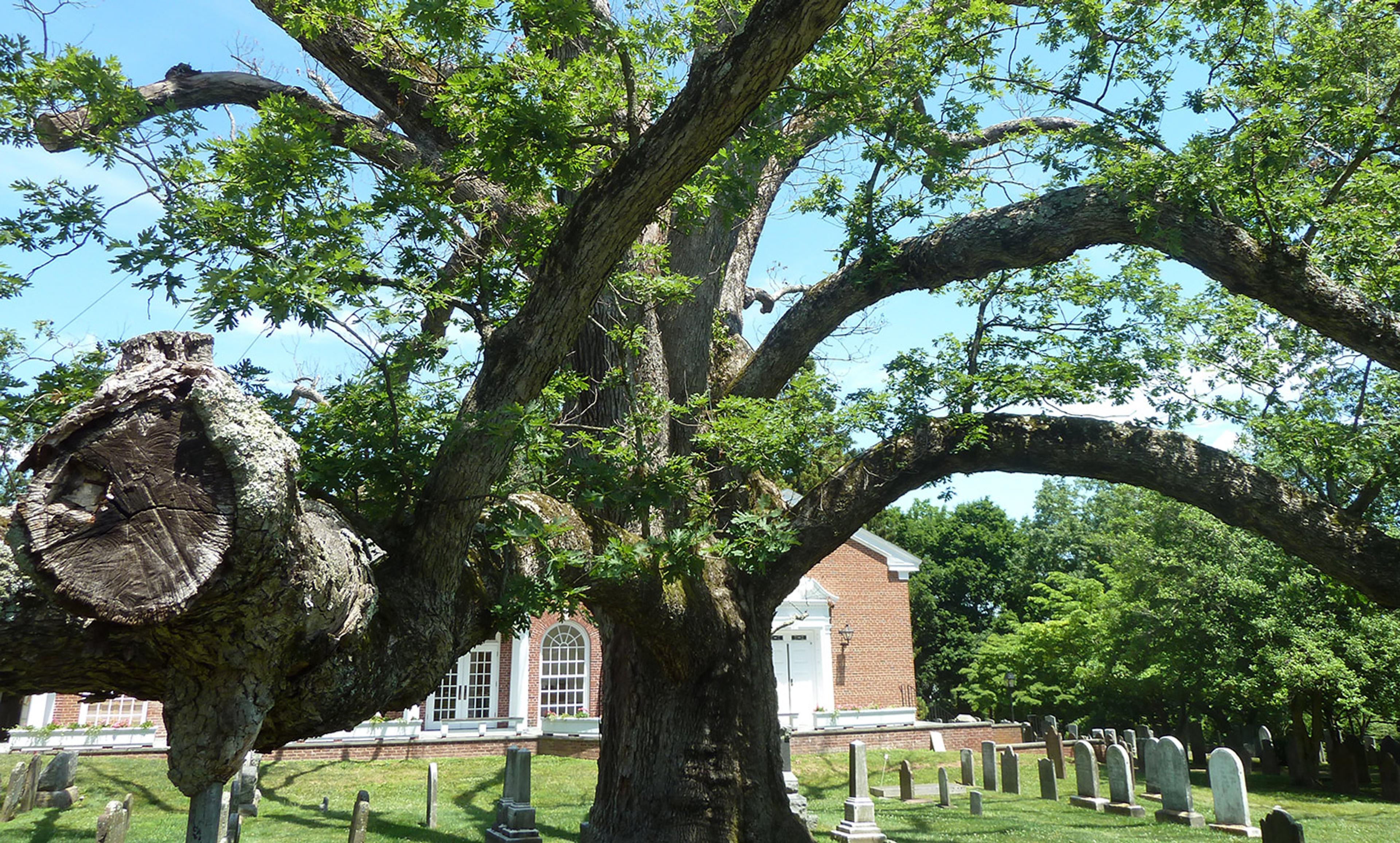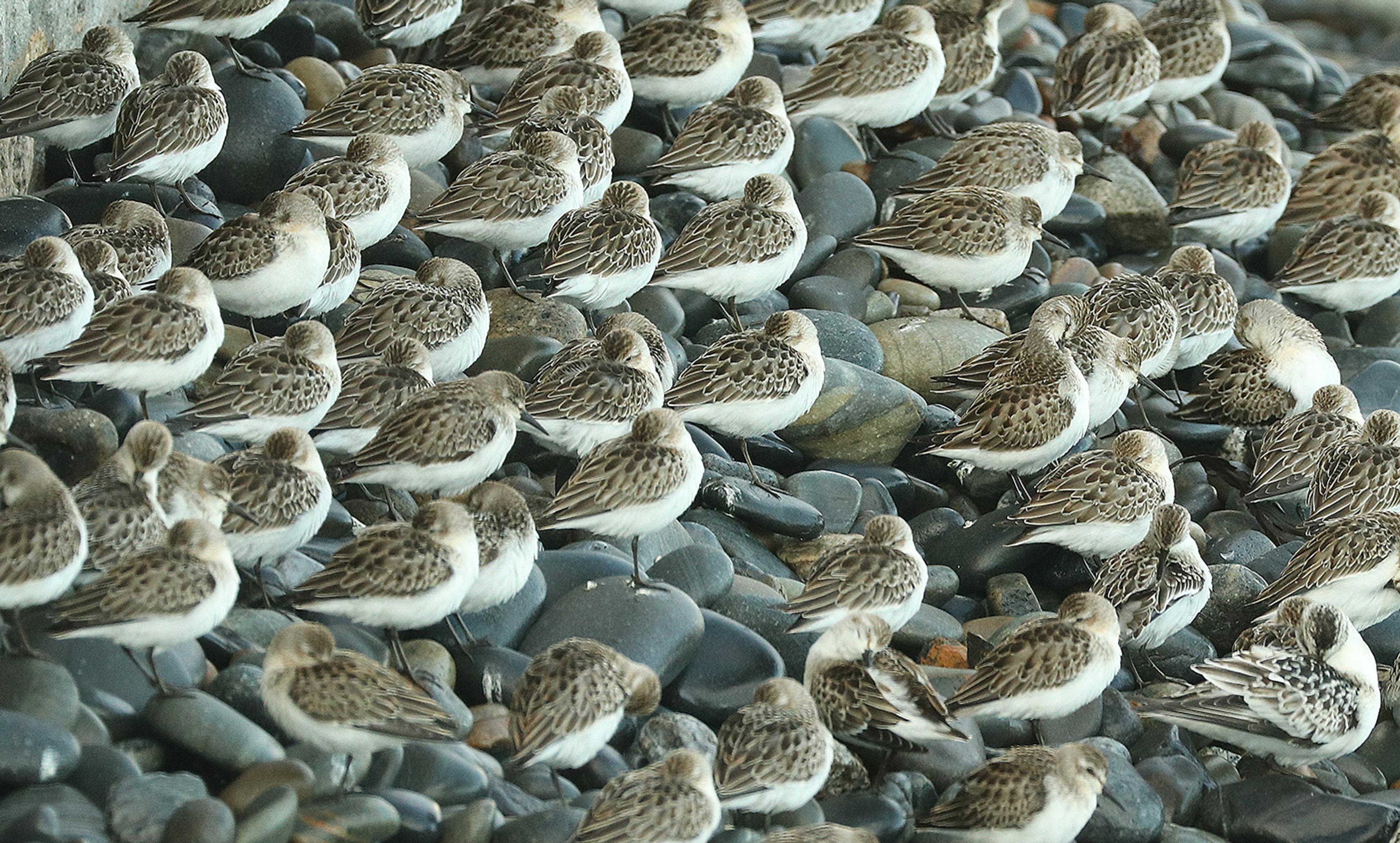Photo by Corbis/Getty
California has long been seen as the place where the future takes shape, and the state has drawn to it seekers from all over the world and across the political spectrum. Grateful Dead-loving hippies have called the state home, as did both Ronald Reagan and Richard Nixon. It’s a Mecca for the local- and organic-food movement’s pilgrims as well as for today’s disciples of techno-libertarians such as Peter Thiel and Elon Musk. But, in our feverish, unjust present, it’s worth looking to a moment from California’s radical past for a glimpse of the future.
In 1885, the future revolved around a tree, a Californian giant sequoia, the biggest tree in the world. The tree already had a name: General Sherman (after William Tecumseh Sherman, the brutal American Civil War general and exterminator of American Indians). But when a band of anarchists and socialists made the sequoian forest their home, they renamed the massive thing Karl Marx. These radicals had flocked to the western flanks of the Sierra Nevada mountains to found a 12-square-mile community they called Kaweah (ka-we-awe). From this preserve, Kaweah’s communards planned to launch a peaceful revolution against capitalist exploitation. Today, we’d call their programme one of ultra-radical sustainability.
Kaweah aspired to create a community that nourished the fullest development of each individual by blending work, leisure and ethical living with the social needs of security and community. Kaweah’s radicals would foster a new society, a social and environmental utopia, a model for a new, capital-free nation. ‘The scenery is sublime,’ boasted the socialist and anarchist Burnette Haskell when he first saw the land in the mid-1880s; ‘the eternal white-capped mountains of the Sierra Nevada are in full view, while the mountain gorges and canons [sic], with their majestic water-falls, are spoken of in raptures.’
The scenery was also forested, and those trees – especially the stands of pine, spruce, and fir – were to be Kaweah’s lifeblood. The Kaweahans would log among the sequoias, which might seem sacrilegious to many of today’s environmentalists. Yet we need an environmental ethics that is relevant to the social, cultural and environmental problems that we all find in our cities and farm fields, roadways and dumps, air and soil and water.
To those of us who live in today’s oppressively hot times, the Kaweahans have something to say. Part of Kaweahan practice came from the French anarchist Pierre-Joseph Proudhon’s contention that property is theft, that the productive capabilities of the land, because they inhere in the earth itself, could belong to no one. The Earth and its fertility belonged equally and freely to all. ‘Property and society are utterly irreconcilable,’ wrote Proudhon in What is Property?: or, An Inquiry into the Principle of Right and of Government (1840). ‘Either society must perish, or it must destroy property.’ Because land belongs to all of us – the living and the yet-to-be-born – the labourer must also act as its conservator: ‘he must use [the land] in conformity with general utility, with a view to its preservation and development; he has no power to transform it, to diminish it, or to change its nature.’ For Proudhon, the ultimate guarantor of an individual’s right to grow unfettered according to her own genius lay in human and environmental community. The Kaweahans followed Proudhon in maintaining that the wealth of the world must never be swallowed by a rapacious few. Right and reason declared it remain available to everyone, always.
So Kaweah built for itself an interconnected economic, social and environmental system that could sustain human as well as non-human life. The other logging camps in the Sierras were just that – camps, temporary squats for exploited migrants run by absentee owners. Kaweah, in contrast, was a home: the communards would be logging in their own backyard. Theirs was a system tuned to yield healthy, fulfilling lives, and it proved to be popular: the Kaweahans had a baseball team, threw parties, hosted hikes to visit Marx, and debated the most esoteric points of socialist and anarchist doctrine during picnics. The communard J J Martin reported that at the time of its dissolution the commune had 615 members – though never more than 150 actually lived in the forest. Even the skeptical scholar of jurisprudence, W Carey Jones, wrote at the time, ‘on the whole, I can say … [Kaweahan] life is fuller, better, and more profitable than that of either the average California farmer or the members of the average California village.’
Kaweah. The word rarely touches a tongue anymore. One might think its demise was inevitable – radicals just couldn’t hack it in the dog-eat-dog-world, etc. But that’s not what happened. Rather, a coalition of xenophobic, macho conservationists (in the mould of the US president Theodore Roosevelt) and the Southern Pacific Railroad (SPRR) conspired to smother Kaweah with federally protected wilderness. The SPRR had been making a killing shipping lumber from the heavily forested Pacific Northwest down to timber-scarce central California, a monopoly threatened by Kaweahan dreams. So the railroad, with its conservationist allies, went on the offensive. Kaweah’s end is convoluted, and I tell the story in my book This Radical Land (2018), but on 1 October 1890 an unread bill – likely written by the Southern Pacific’s fixer, Daniel K Zumwalt – was rushed through Congress and into law, enlarging the brand-new Sequoia National Park to include nearly all of the Kaweahans’ land. That was the end of Kaweah. Once US cavalry expelled the communards, Karl Marx had its name changed back to General Sherman, a tree that you can still visit today.
Kaweah’s death broke the scenery-loving Haskell, who descended into alcoholism and, one of his comrades thought, cocaine addiction. But he never lost his radical faith. In a moment of lucidity a few years before his death in 1907, he wrote: ‘Is there no remedy, then, for the evils that oppress the poor? And is there no surety that the day is coming when justice and right shall reign on Earth? I do not know; but I believe, and I hope, and I trust.’
Today, that Kaweahan dream of radical harmony is flickering back to life, due in part to global warming and the inability of mainstream environmentalism to address it. Even the vaunted 2015 Paris Agreement is widely known to be too lax to meet its own goal. The problem, as many critics have pointed out, is that Western environmentalism has long had to side either with profit or justice – and legislative power has long lain with the wealthy. We need a new, justice-based environmentalism, but we need not invent it out of thin air. The sequoia Karl Marx, after all, still stands. Perhaps Kaweah can help to chart a future – just, green and free – that honours all of Earth’s living things.






